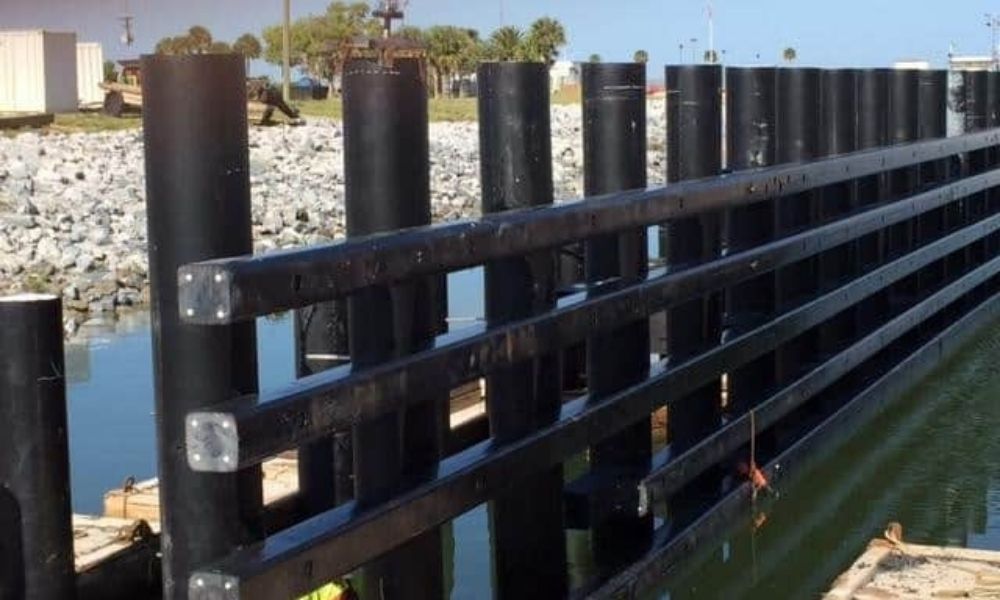Why Is Plastic a Greener Option for Marine Piling?

Adding more plastic near or in the ocean sounds like a bad idea, but plastic marine piling can actually be a more sustainable and environmentally-friendly option.
With trillions of pieces of plastic currently polluting the ocean, it’s natural to want to find ways to help clean up our waters. Fortunately, cleaner waters can begin right on the shore with the materials we choose for the bridges, wharves, and marinas that are our gateway to the sea.
Plastic Marine Piling Is Durable
Durability is a desirable quality in any building material, and it’s not only because it allows you to build higher quality products. When materials are more durable, contractors can use fewer resources to repair or replace them. Additionally, when marine piling breaks down, pieces end up in the water, contributing to resources.
Plastic marine piling is built to retain its structural integrity despite the constant barrage of ocean waves and other factors.
No More Chemicals Leaching Into the Ocean
On the surface, wood may seem to be the eco-friendlier option for marine piling. However, for wood to last in the constant erosive force of the ocean, it needs to be treated with chemicals that contain toxic chemicals like copper, chromium, and even arsenic. And over time, these chemicals can leach into the surrounding water.
Plastic, on the other hand, doesn’t need to be treated with chemicals to withstand the ocean. That way, the surrounding marine wildlife aren’t negatively affected.
Plastic Marine Piling Cuts Down on Lumber
Wood is a renewable resource, but its sustainability depends on the way it’s harvested. Unfortunately, wood is often harvested sustainably, leading to the deforestation of significant areas like the Amazon rainforest. This can open a host of environmental issues such as deforestation, soil erosion, and climate change.
While you can purchase wood that is sourced responsibly, often the best option is to leave the trees in the ground whenever possible, which is one of the reasons why plastic marine piling is the greener option. This way, contractors can avoid deforestation entirely.
Note
Because plastic is a nonrenewable resource, many contractors are concerned about using it as their primary building material. However, Tangent’s coastal marine piling uses recycled, post-consumer plastic. You can rest assured that you are keeping plastics out of landfills.












